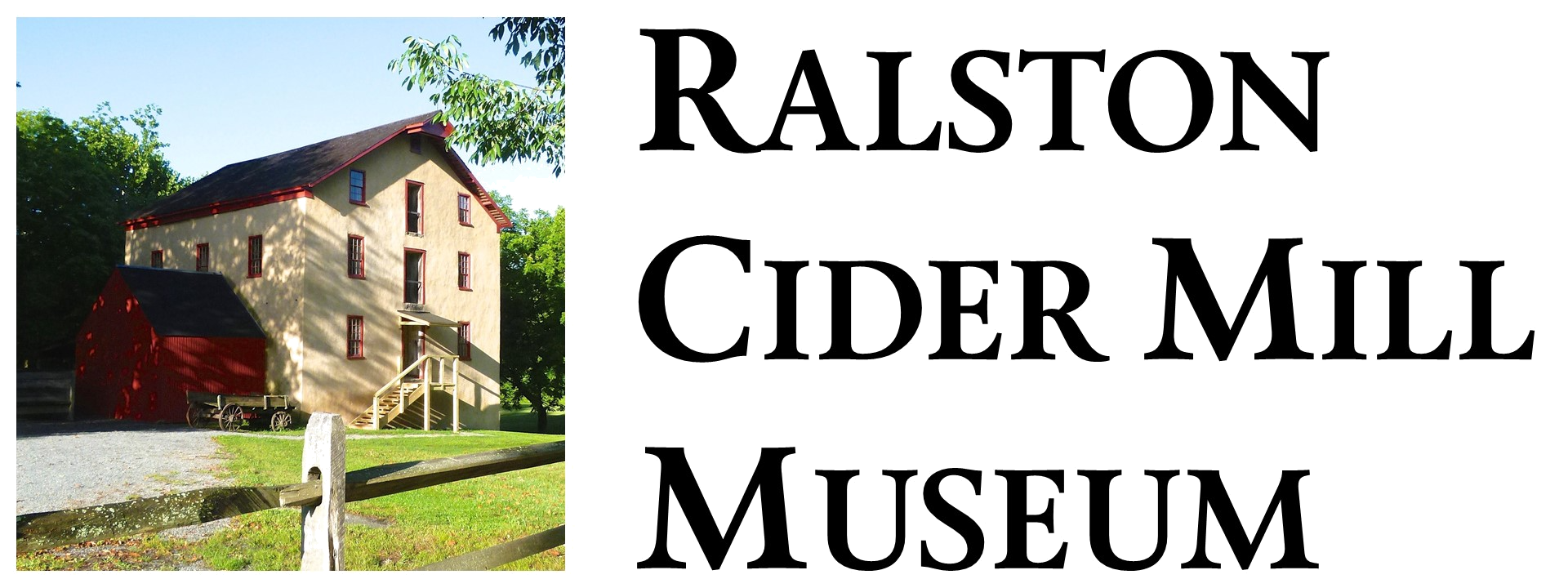Prohibition in New Jersey
Prohibition
New Jersey’s legal applejack industry met its demise even before Prohibition. In 1917, Congress mandated the end of fruit and grain distillation as part of World War 1 food production control laws. After years of decline, there were only sixteen applejack distilleries still operating in New Jersey at the time (ten in North Jersey, six in South Jersey). Thomas Loughlin’s Tiger Applejack Distillery at Ralston Cider Mill was one of them.

When Prohibition went into effect in 1920, it touched off a new era of illicit alcoholic production in New Jersey and across the United States. New Jersey, with its long coastline, large ports, and proximity to major cities, was a hub of rumrunning and bootlegging. At Ralston Cider Mill, the distilling and bottling operations were moved underground into hidden basements. Illegal applejack produced at the mill supplied speakeasies in Newark and New York, as well as locally.
New Jersey was the last state to ratify the 18th Amendment. And while Prohibition was never popular in New Jersey, as shown in Edward I. Edwards’ 1919 “applejack campaign,” where he was elected Governor promising to make New Jersey “as wet as the Atlantic Ocean,” it was still enforced by federal, state, and local officials. Applejack was popular during prohibition, “apparently due to its purity, real or imagined, and because of its safety in comparison with other bootleg beverages.”
Over the 14 years of Prohibition, approximately 2,000 stills were raided in New Jersey, and police confiscated property valued at $8,669,329. New Jersey recorded 4,768 arrests for violations involving manufacture, sale, possession, and transportation of alcohol. It is estimated that some 400 of these arrests directly related to applejack.
After Prohibition
In the decade after 1933, when Prohibition ended, more than two dozen applejack distilleries opened in New Jersey. Nearly all of them closed within a few years. Over time, it became increasingly difficult to make a product that could be priced competitively. In Cider, authors Annie Proulx and Lew Nichols paraphrase Harry B. Weiss’ 1954 History of Applejack: “Grains return a far greater alcohol volume for volume at a considerably less cost than apples. The Weiss equation holds that two bushels of sound apples are needed to make one gallon of 50 percent apple alcohol, while the same quantity of rye or other grains will return three gallons of 50 percent, or 100 proof, and corn three and a half gallons with similar strength. Since good apples cost more than grain, pure apple brandy is noncompetitive with grain spirits.” By the middle of the 20th century, hard cider and applejack production in New Jersey was almost extinct. Some mills, like Ralston Cider Mill, produced apple cider vinegar before eventually closing altogether.
Additional Resources
–The Bootlegger Era: Prohibition in New Jersey
–“A Bootlegger’s Story I. How I started”
–A century ago, NJ governor’s ‘applejack campaign’ was all about the booze
–An Age of Speakeasies, Rum-Running, Dutch and ‘Longie’
–Prohibition in Morris County: a Century After Passage of the 18th Amendment
–Prohibition in New Jersey: Its Rise and Fall
–Prohibition: Speakeasies, Stills, and Organized Crime
–Raw Data on 250 Liquor Ships Seized during Prohibition near NYC
–North Jersey History & Genealogical Center
-The Life and Times of Morristown bootlegger ‘Patsy’ Mutarello
